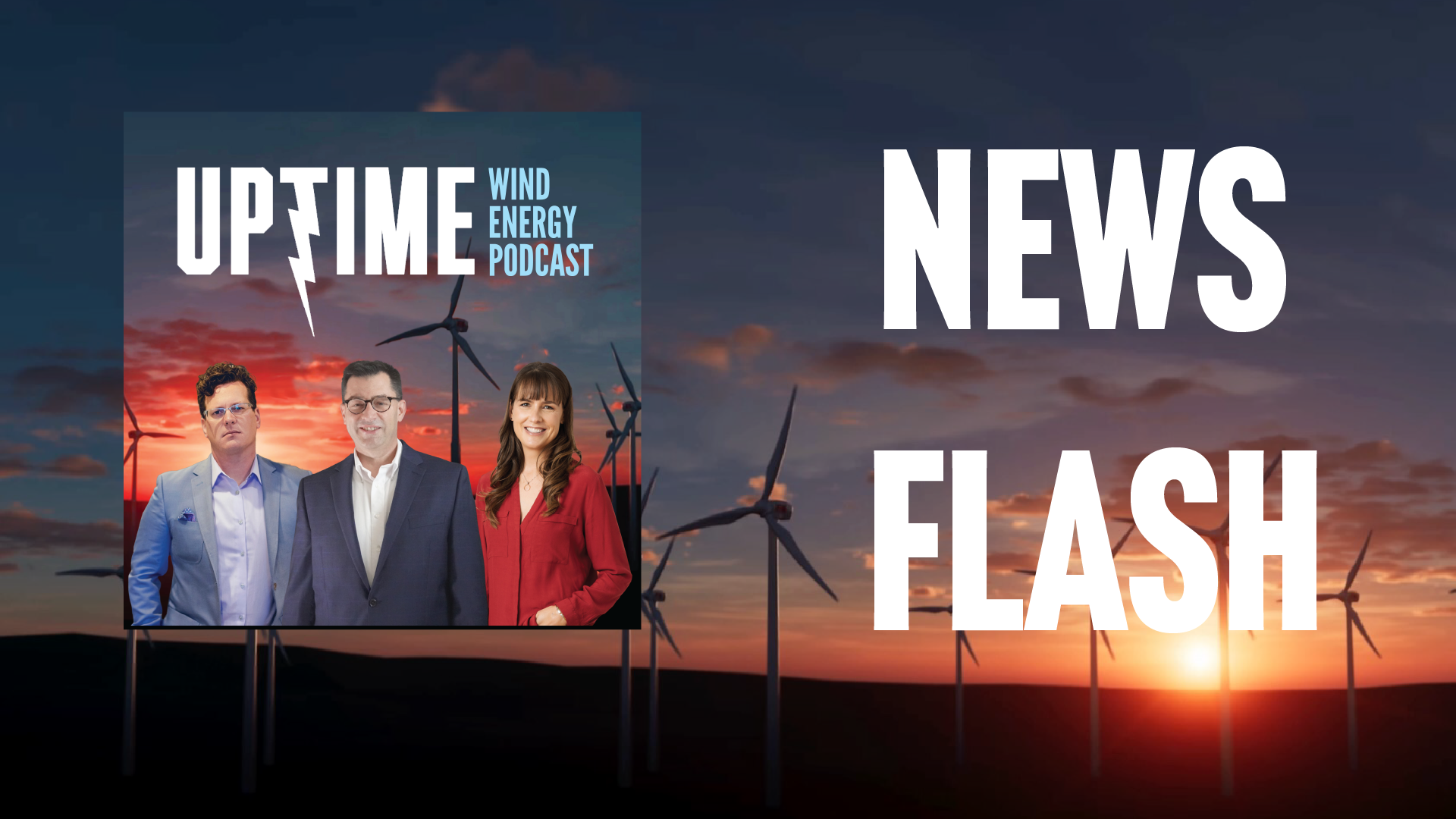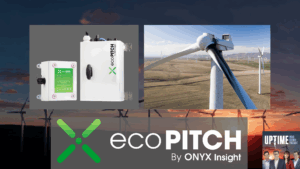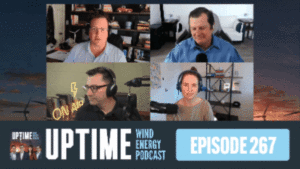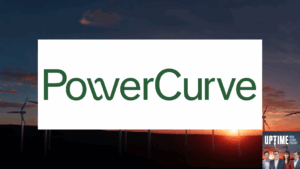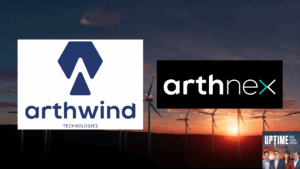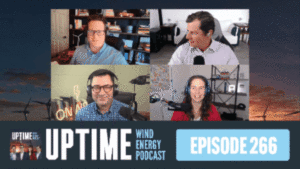Podcast: Play in new window | Download
A proposed merger aims to create one of the largest renewable investment trusts in London. Vestas has bounced back from previous issues to receive its largest ever US turbine order. Brazilian turbine manufacturer WEG is emerging as a global wind power player through a new partnership with a European company.
Sign up now for Uptime Tech News, our weekly email update on all things wind technology. This episode is sponsored by Weather Guard Lightning Tech. Learn more about Weather Guard’s StrikeTape Wind Turbine LPS retrofit. Follow the show on Facebook, YouTube, Twitter, LinkedIn and visit Weather Guard on the web. And subscribe to Rosemary Barnes’ YouTube channel here. Have a question we can answer on the show? Email us!
Pardalote Consulting – https://www.pardaloteconsulting.com
Weather Guard Lightning Tech – www.weatherguardwind.com
Intelstor – https://www.intelstor.com
Allen Hall: I’m Allen Hall, president of Weather Guard Lightning Tech, and I’m here with the founder and CEO of Intelstor Phil Totaro, and the chief commercial officer of Weather Guard, Joel Saxum. And this is your News Flash. News Flash is brought to you by our friends at Intelstor. If you need actionable information about renewable projects or technologies, check out Intelstor at intelstor.com.
Octopus Renewable Infrastructure Trust has proposed merging with Aquila European Renewables. The deal aims to create one of the largest renewable energy investment trusts in London. The combined entity would have a market cap around 750 million pounds. We would also have a portfolio of roughly 1 billion pounds across Europe.
Phil, this is a big deal. I know it’s in the early stages still, but if this were to happen, this is a ground shaking event.
Philip Totaro: It is because both companies have actually been growing their European portfolios. And so to take these two entities and put them together makes a pretty compelling case for one of the biggest certainly would be the biggest financially focused asset owner within Europe and potentially within the rest of the world.
Most of the world. Asset owners are independent power producers, utility companies, et cetera. But this would be one of, if not the biggest asset owner both wind and solar assets and energy storage as well. If they were to actually get this deal to go through. So it’s worth keeping track of it.
Joel Saxum: Yeah. Interesting is it’s basically when we talk of Octopus renewables infrastructure, trust. And then looking at Aquila, you’re talking about it’s a more than at the grand scheme of things, it’s a fund, right? It’s a financial asset owner. That is a lot a lot of interest in a lot of different places.
They being this size, they will have a pretty easy way of attracting capital to grow as well, in my opinion, right? If you’re already this big and you’re already making these kinds of moves the larger players within the the trading markets, your Vanguards, your BlackRocks, or these kinds of players are more apt to put money into larger groups like this as they grow as well.
Allen Hall: Vestas has received its largest ever order in the U S market.
A 1. 1 gigawatt deal to supply 242 V one 63, 4. 5 megawatt turbines for Pattern Energy’s SunZia wind project in New Mexico. The order is also Vestas is largest single onshore project globally. This thing is huge. And obviously they held it out to the end of Q4, 2023, but it has ramifications all through 2024.
Philip Totaro: Absolutely. This deal gives them somewhere in the order of about 3. 6 gigawatts worth of V163 platform orders globally. Which is of course, a derivative product off of some of their previous designs, but it’s a brand new blade and it’s something they’re really hoping is going to play well in the U. S. Market. So to have such a strong foothold with not only this deal with the SunZia project. But a few other orders for this product platform as well in the U. S. for undisclosed customers. It’s important for them and it’s a pretty big move for a product that was designed to be a big four, four and a half, five megawatt product platform.
But in a very low wind speed regime with such a large rotor, the 163.
Joel Saxum: Something I’d like to highlight with this one is speaking towards some of the industry issues that we’re seeing right now. We know Siemens has some issues and they’re teething on them as we speak. Vestas knocking down these orders is a testament to the industry, allowing someone to come back from having a bad stretch.
2020, 2021, Vestas had 175 million in write downs on some issues that they had in the marketplace. They’ve regained the trust of the marketplace to the point where they have 3. 6 gigawatts of orders at the end of a quarter ready to go. So I think it bodes good things for the industry going forward that these OEMs have the ability and the market has their back.
At the point where they show that they’ve solved some of the issues and they move forward in a big way.
Allen Hall: WEG has partnered with Statkraft to supply and install a wind turbine at Statkraft’s wind site in Brazil. The deal is announced in December and involves WEG’s 7 megawatt new turbine model.
The turbine is a result of WEG’s partnership with Petrobras to develop large onshore wind turbines in Brazil. The WEG turbine is expected to be operational by mid 2024. Phil, that’s a short time frame for a 7x machine from WEG. I know WEG has a lot of capability, but it’s also interesting that Statkraft is connecting with WEG for a product in Brazil.
Philip Totaro: It is because what WEG’s done, and keep in mind this product’s been under development and in the design phase for a while. They’ve announced it in the earlier part of 2023 and now they’re expecting to be able to go into low rate production with it, with prototype and then low rate production in late 2024.
But this deals with Statkraft is interesting because most of the companies who have purchased WEGs turbines in Brazil been Brazilian focused developers. They haven’t had as much of a track record of success with. European independent power producers or utility companies have come into the Brazilian market.
So it’s important for them for both WEG and for Statkraft. Statkraft also wants to be able to cultivate a third OEM option, if you will. You’ve got Vestas which is dominating the market. You’ve got Siemens, Gamesa, which is floundering a bit and unfortunately not selling their five and six megawatt some of their five and six megawatt platform products in Brazil. Nordex is there to fill in some of that, but a company like Statkraft wants to create price competition. They want to create supply chain diversity. And doing a deal with WEG is actually a fairly sensible option for them.
Joel Saxum: Phil, from your seat, is there an avenue in which WEG leaves Brazil to sell in other markets?
Philip Totaro: They actually already have, Joel, and I’m, you may not be aware of this, but they’ve set up prototypes in India previously under license agreement with their… WEG is a big industrial company that makes generators. Not only in Brazil, but they also have facilities in India.
So they’ve taken their designs for some prototype units for their smaller turbines and done them in India already. The question, the more maybe direct to your question though, is. Are they prepared to go global like the Chinese OEMs and other companies are trying to do? And I think the answer is yes, they definitely have potential.
Keep in mind, they’ve only been doing wind turbines for 10 years. They licensed the technology from Northern Power Systems for the 2. 3 and 3 megawatt product series back in 2013. And then eventually acquired the rights, the IP rights outright. But they’ve been on the hunt for international growth opportunities and a partnership with a company like stat craft is also interesting because if this works, then does that open up opportunities in Chile?
Does that open up opportunities throughout North America and Europe even, or Australia? They’ve got their eye on a number of different markets, but they’re paying close attention. They’re also trying to be very active in South Africa as well. There’s certainly potential for, for them.
Joel Saxum: Yeah. Interesting because they have a seven megawatt machine, which is standalone on the market for an onshore turbine. There’s not a, there’s not a whole lot of competition there. And I know as a someone in the U S I’m always looking on the horizon to see, is there a possibility of another OEM coming in?
Because we don’t believe that we’re going to allow Chinese OEMs to be connected to our grid anytime soon. So if there’s something else coming in, it could be interesting.
Philip Totaro: And it could be WEG from Brazil. It could be somebody from India. There’s also other companies that are definitely trying and looking at the U S market, especially in consideration of the recent guidance and rules that the treasury department and the IRS have proposed on the 45 X manufacturing tax credits.
So that’s giving a lot of companies a good feeling for what they can expect if they domesticate production.



